The AHS Blog

Mr Satori fuses quartz
This post was written by Tabea Rude, Vienna Museum
Around one hundred years ago, on May 15th 1918, the newly founded, not yet opened Vienna clock museum receives a generous present: a clock movement fitted with a fused Quartz pendulum rod.
It is installed in a most prominent position: right next to the entrance, in a case with a fully glazed front. Visible to every passer-by, it draws attention to the narrow house with its hidden treasures in the heart of Vienna.
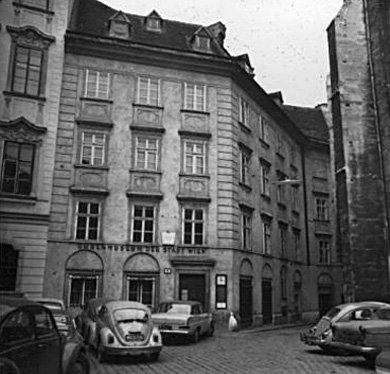
This donation was the beginning of a long lasting correspondence between the clock museum’s director Rudolf Kaftan and the engineer, donor and inventor Karl Satori.
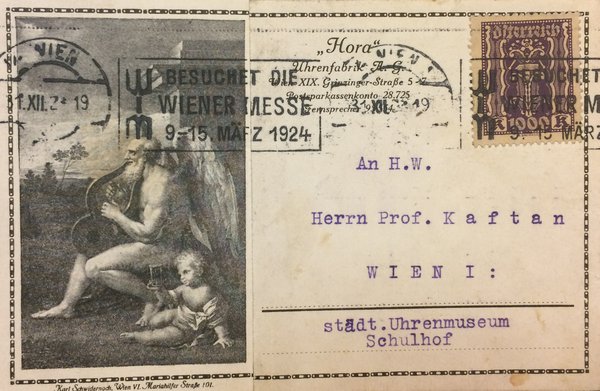
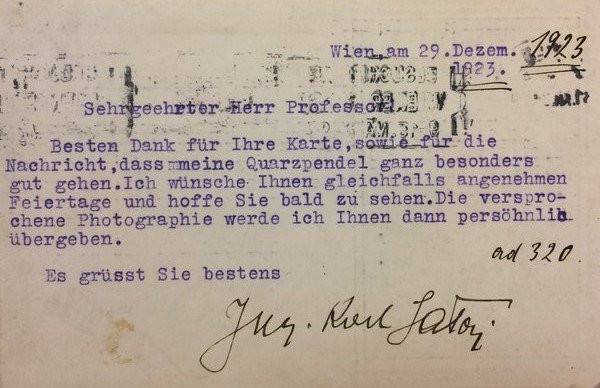
Originally from Hungary, Karl Satori is first mentioned in the proceedings of the international electrical society (Internationale Elektrizitäts-Gesellschaft) in Vienna aged 24, explaining Lorentz electron theory.
In the following years he delves into astronomical observation and planetary documentation and builds up professional relationships in the astronomy scene.
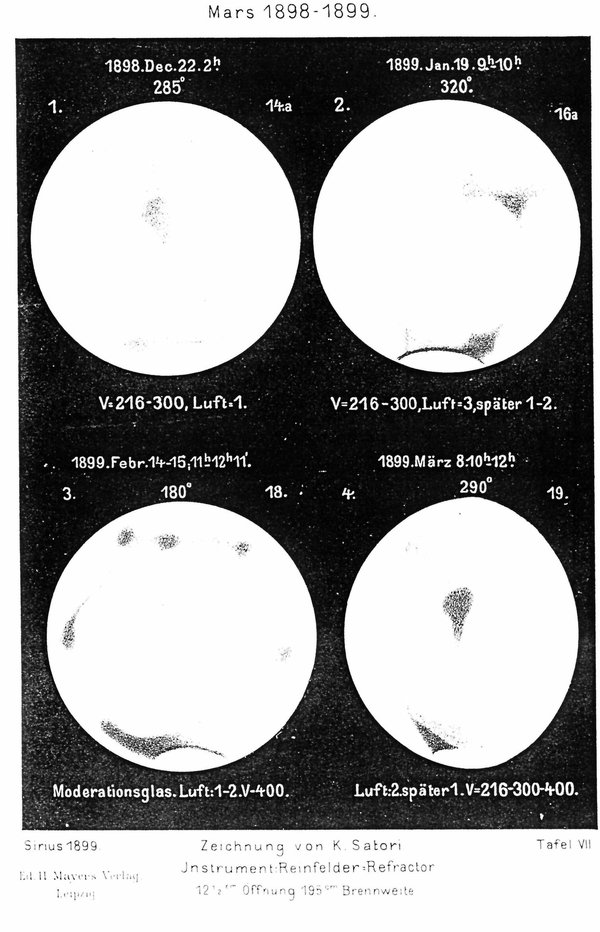
Soon he joins the international astronomical society and files his first patent in 1903: an electrical rewind system for clocks.
His professional career blossoms, allowing him to invest in his own private observatory in Vienna.
Around the same time, he is also given the opportunity by the Vienna electricity works to build up his own laboratory and to equip the Viennese Urania observatory with an electric time system which synchronized all public clocks in Vienna. This supplies the time signal as so called ‘Urania-Zeit’ to all telephone owners.
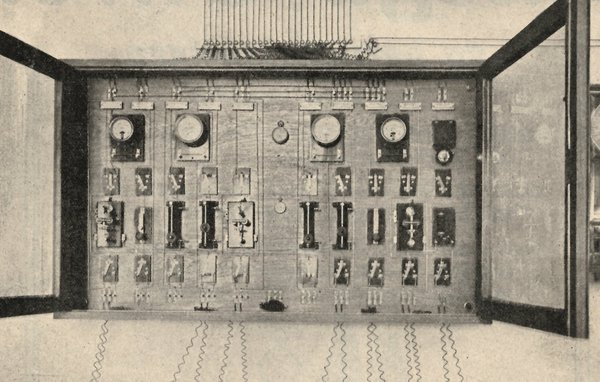
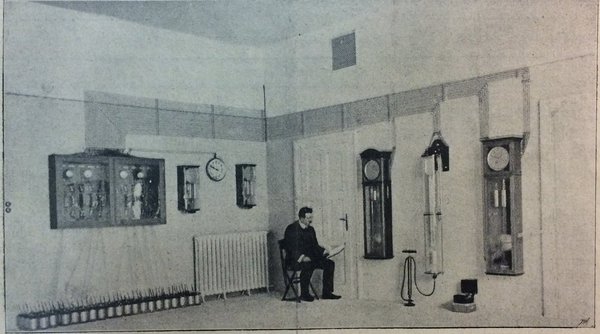
Besides his involvement in astronomy and several other clock related patents, he was also very keen in exploring pendulum materials and different methods of air pressure and temperature compensation.
Recognizing the unfortunate jumps steel pendulum rods experience during temperature changes and their reaction to magnetic fields, he experiments with fusing quartz into seconds pendulum rods. In 1912 he files his patent of the quartz pendulum.

One year later he opens his own precision workshop for mechanics and clock making. Satori expands, fuses quartz, files patents and ensures that the Vienna clock museum is placed to show the most cutting edge Viennese horological technology of its time.